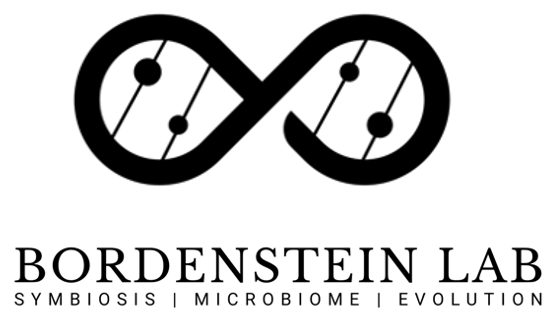Comparative genomics enables biologists to compare large-scale genetic differences and similarities between different species and between sample members of the same species that differ in function or phenotype. In so doing, we can study gene content variation, gene function, and their relationships. We are interested in the patterns that characterize the evolution and function of host-microbe-virus interactions spanning vertically-transmitted endosymbionts to microbiomes. In particular, what genes keep maternally-inherited, microbial parasites in check? How does a symbiotic lifestyle affect abundance of mobile elements and host-interaction genes? How widespread is horizontal gene transfer between different cellular domains of life?
Select Publications
- Bordenstein, S.R. and S.R. Bordenstein (2022) Widespread phages of endosymbionts: Phage WO genomics and the proposed classification of Symbioviridae. PLOS Genetics 18(6): e1010227
- Perlmutter, J.I. S.R. Bordenstein, D.P. LePage, J.A. Metcalf, T. Hill, J. Martinez, R.L. Unckless, F.M. Jiggins, and S.R. Bordenstein (2019) The phage gene wmk is a candidate for male killing by a bacterial endosymbiont. PLOS Pathogens 15(9): e1007936
- Funkhouser, L.J., E.J. van Opstal, A. Sharma, and S.R. Bordenstein (2018) The maternal effect gene Wds controls Wolbachia titer in Nasonia. Current Biology 28(11):1692-1702
- Bordenstein SR and SR Bordenstein. (2016) Eukaryotic association module in phage WO genomes from Wolbachia. Nature Communications 7: 13155.
- Metcalf, JA, LJ Funkhouser, K Brileya, AL Reysenbach, SR Bordenstein (2014) Antibacterial gene transfer across the tree of life. eLife 3:e04266 (National Geographic coverage | How an antibiotic jumped all over the tree of life)
